Forums
- Forums
- Duggy's Reference Hangar
- USAAF / USN Library
- Northrop Alpha/ YC-19/Y1C-19
Northrop Alpha/ YC-19/Y1C-19
Post a reply
- Go to Previous topic
- Go to Next topic
- Go to Welcome
- Go to Introduce Yourself
- Go to General Discussion
- Go to Screenshots, Images and Videos
- Go to Off topic
- Go to Works in Progress
- Go to Skinning Tips / Tutorials
- Go to Skin Requests
- Go to IJAAF Library
- Go to Luftwaffe Library
- Go to RAF Library
- Go to USAAF / USN Library
- Go to Misc Library
- Go to The Ops Room
- Go to Made in Germany
- Go to Campaigns and Missions
- Go to Works in Progress
- Go to Juri's Air-Raid Shelter
- Go to Campaigns and Missions
- Go to Works in Progress
- Go to Skinpacks
- Go to External Projects Discussion
- Go to Books & Resources
-
 Main AdminThe Northrop Alpha was an American single-engine, all-metal, seven-seat, low-wing monoplane fast mail/passenger transport aircraft used in the 1930s. Design work was done at the Avion Corporation, which in 1929, became the Northrop Aircraft Corporation based in Burbank, California.
Main AdminThe Northrop Alpha was an American single-engine, all-metal, seven-seat, low-wing monoplane fast mail/passenger transport aircraft used in the 1930s. Design work was done at the Avion Corporation, which in 1929, became the Northrop Aircraft Corporation based in Burbank, California.
Design and development
Drawing on his experience with the Lockheed Vega, John K. Northrop designed an advanced mail/passenger transport aircraft. In addition to all-metal construction, the new Alpha benefitted from two revolutionary aerodynamic advancements: wing fillets researched at the Guggenheim Aeronautical Laboratory at the California Institute of Technology, and a multicellular stressed-skin wing of Northrop's own design which was later successfully used on the Douglas DC-2 and Douglas DC-3. In addition, the Alpha was the first commercial aircraft to use rubber deicer boots on wing and empennage leading edges which, in conjunction with state-of-the-art radio navigation equipment, gave it day or night, all-weather capability. The aircraft first flew in 1930, with a total of 17 built.
Operational history
The Alpha entered service with Transcontinental & Western Air (TWA) making its inaugural flight on April 20, 1931. The trip from San Francisco to New York required 13 stops and took just over 23 hours. TWA operated 14 aircraft until 1935, flying routes with stops in San Francisco, California; Winslow, Arizona; Albuquerque, New Mexico; Amarillo, Texas; Wichita, Kansas; Kansas City, Missouri; St. Louis, Missouri; Terre Haute, Indiana; Indianapolis, Indiana; Columbus, Ohio; Pittsburgh, Pennsylvania; Philadelphia, Pennsylvania; and New York.
TWA's were initially operated as a passenger service but the Alpha's were later modified at the Stearman factory in Wichita into the cargo-carrying 4A model with a new type certificate. Stearman and Northrop had the same parent company at the time.
The Northrop YC-19 Alpha and Y1C-19 Alpha was a series of three aircraft purchased from Northrop by the US Army Air Corps in 1931. They were slightly modified versions of the civil Northrop Alpha 2. The major difference between the C-19s and the Alphas was that the civilian version carried a pilot and six passengers while the Army version carried a pilot and four passengers. One aircraft, the last of the three purchased, crashed between Richmond and Petersburg, Virginia on Sunday, March 19, 1933, killing its pilot and two passengers. The other aircraft were used for several more years until being sent to training schools as subjects for maintenance and repair classes.
Below Alpha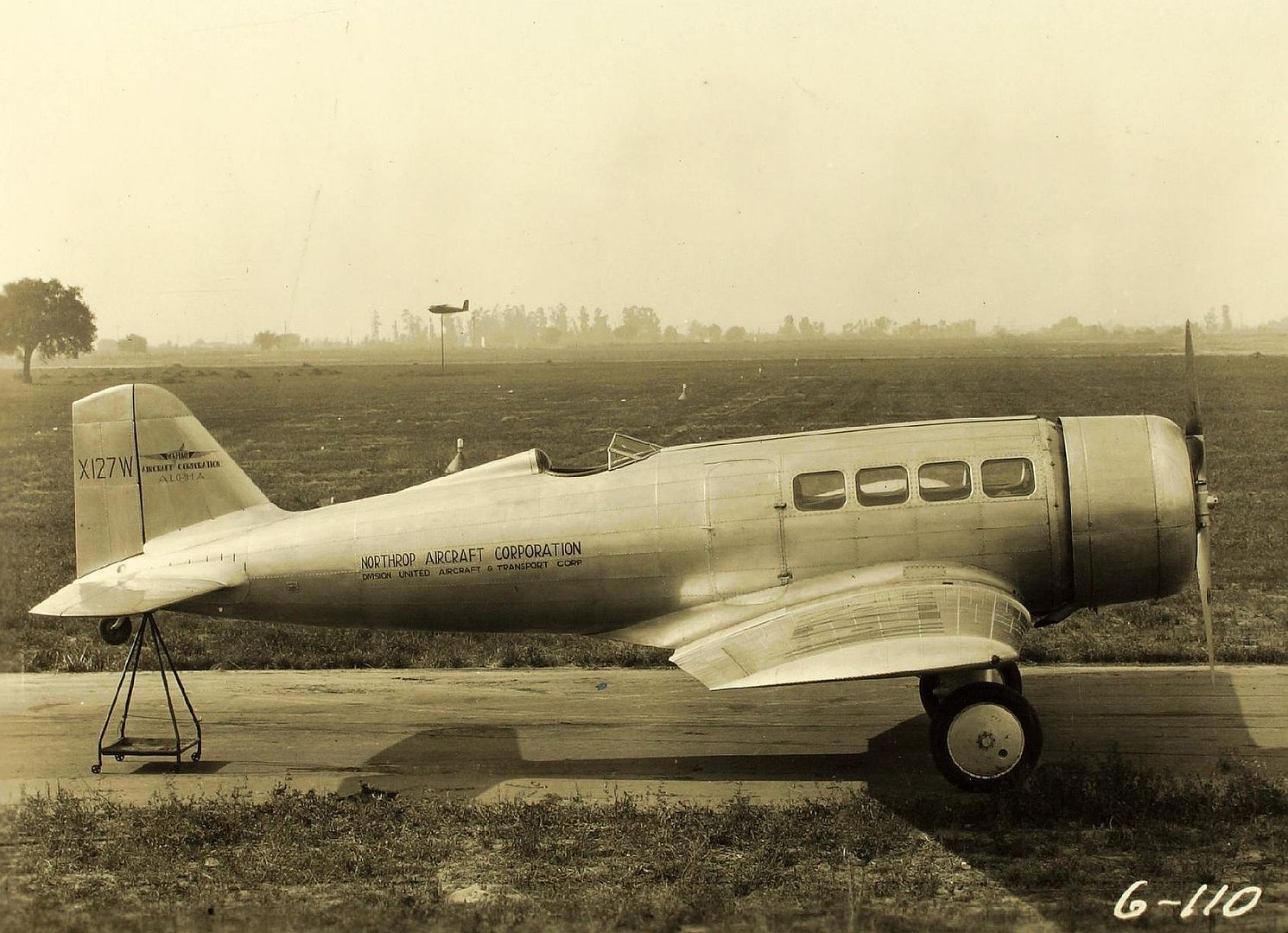
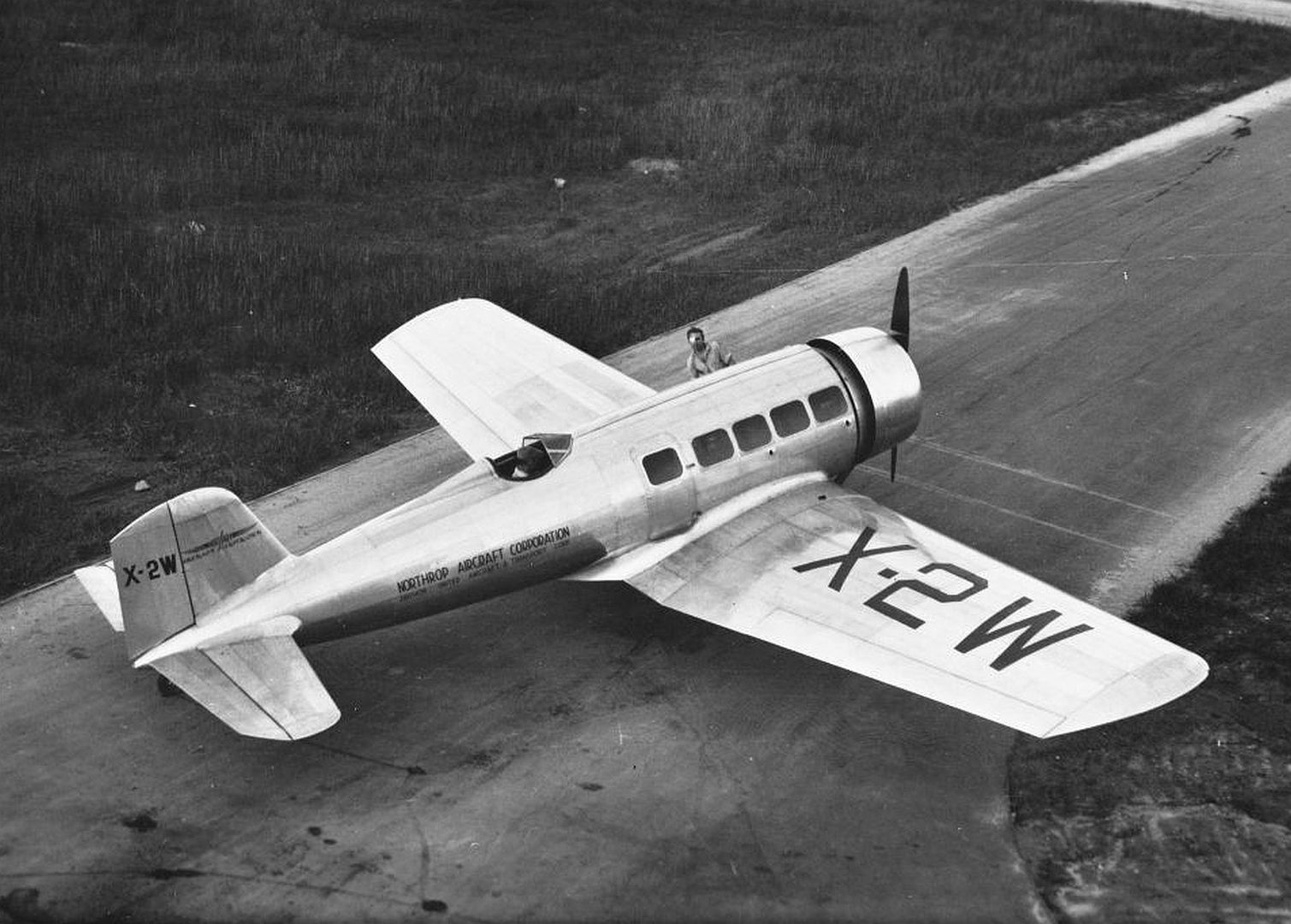

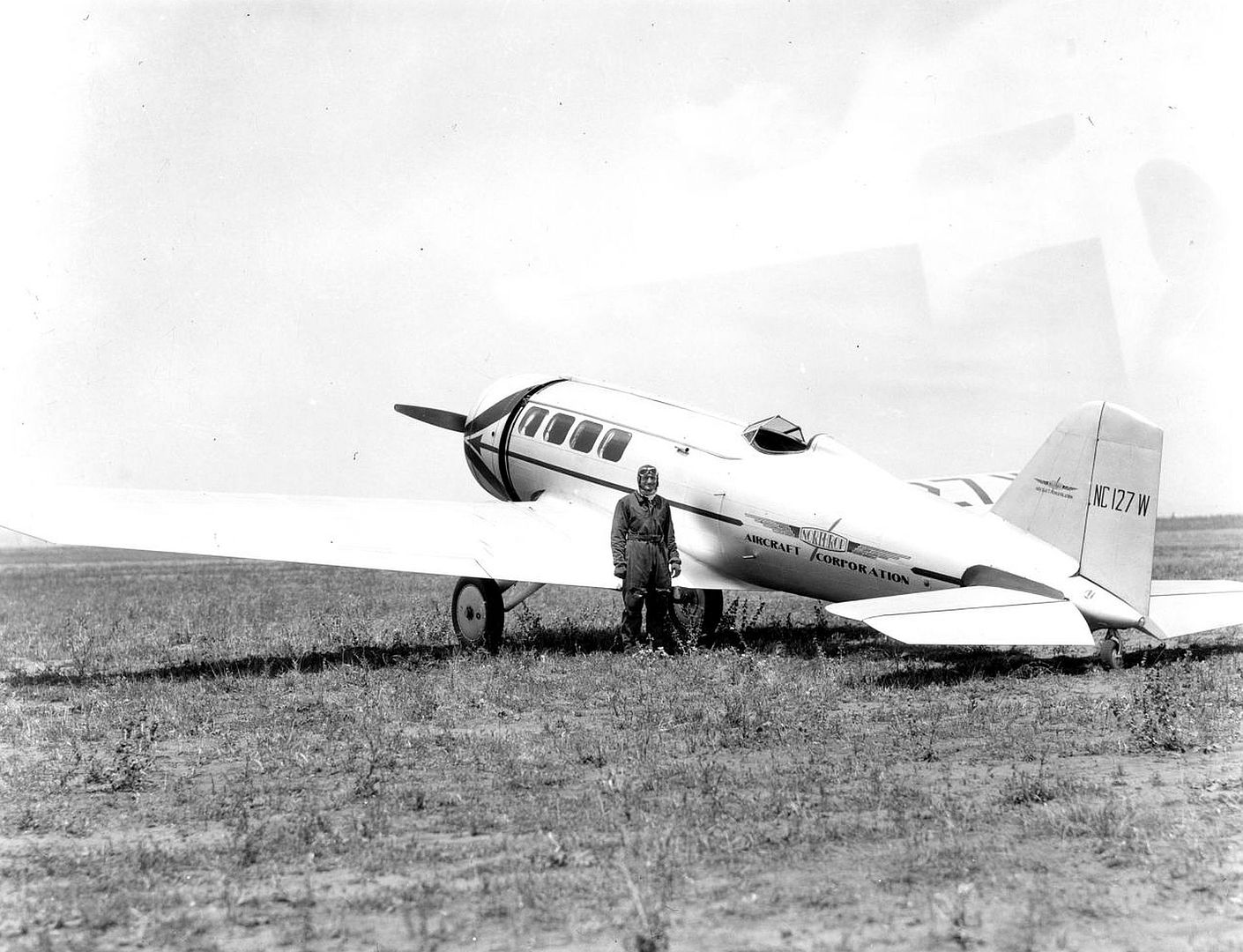
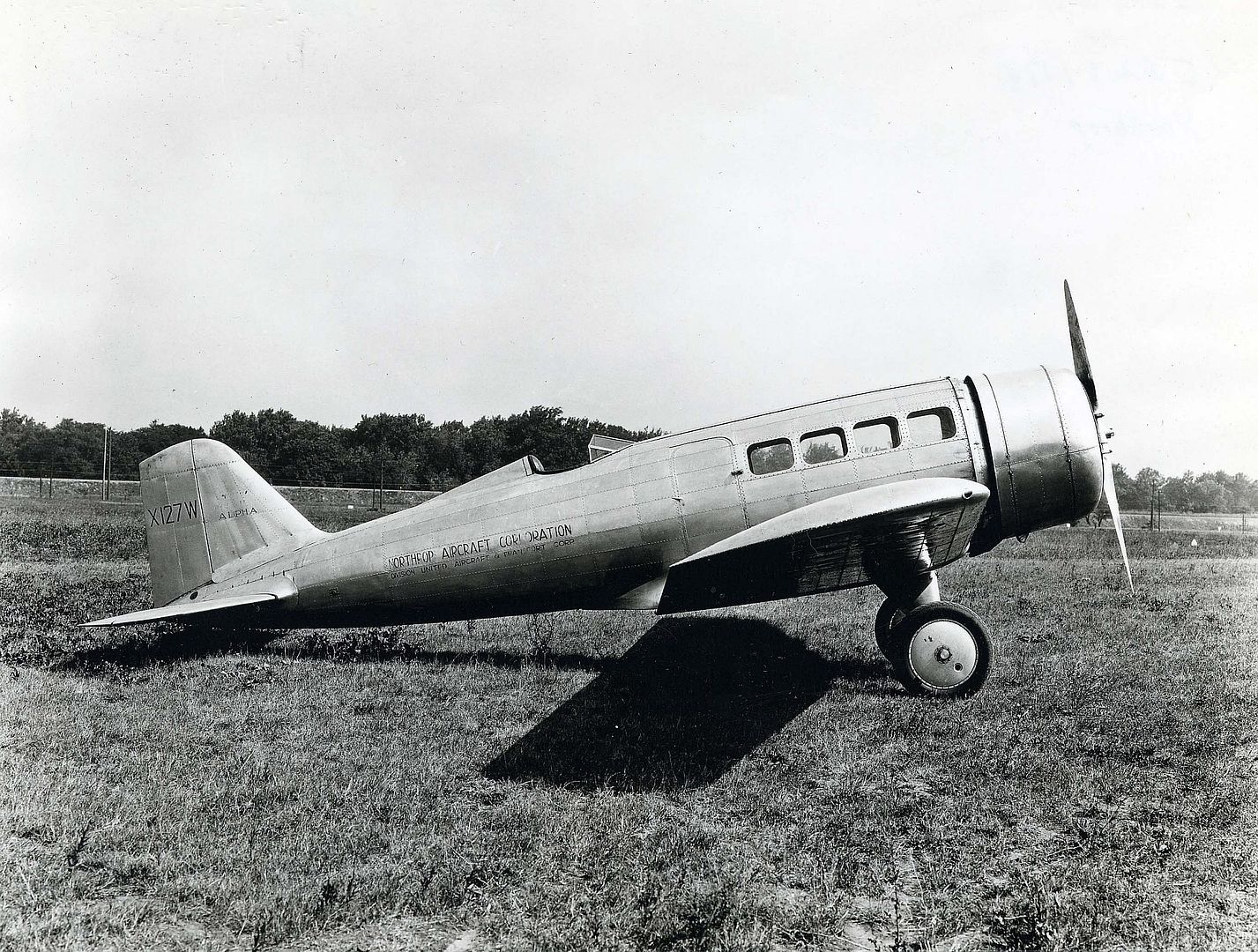
Below YC-19/Y1C-19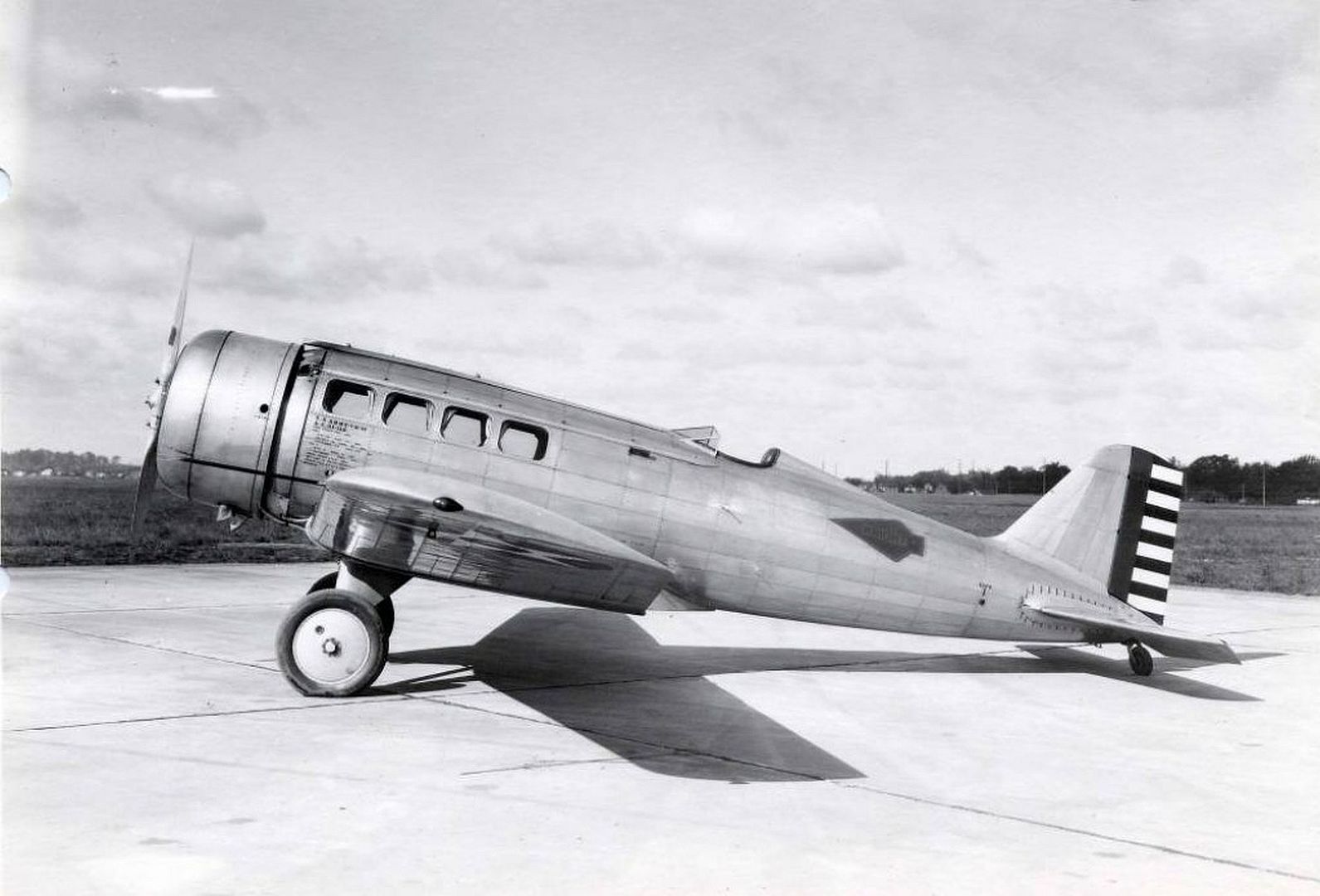
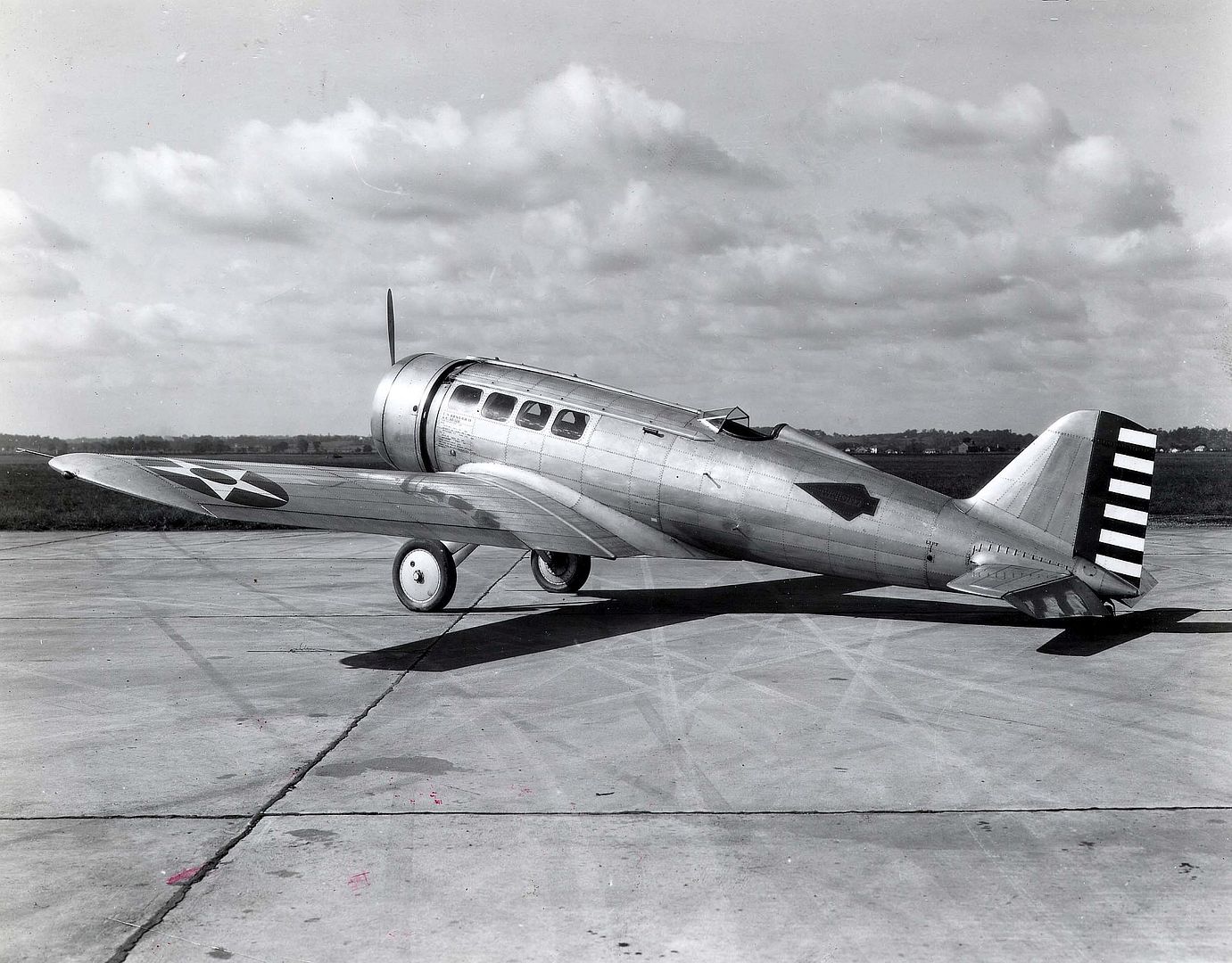
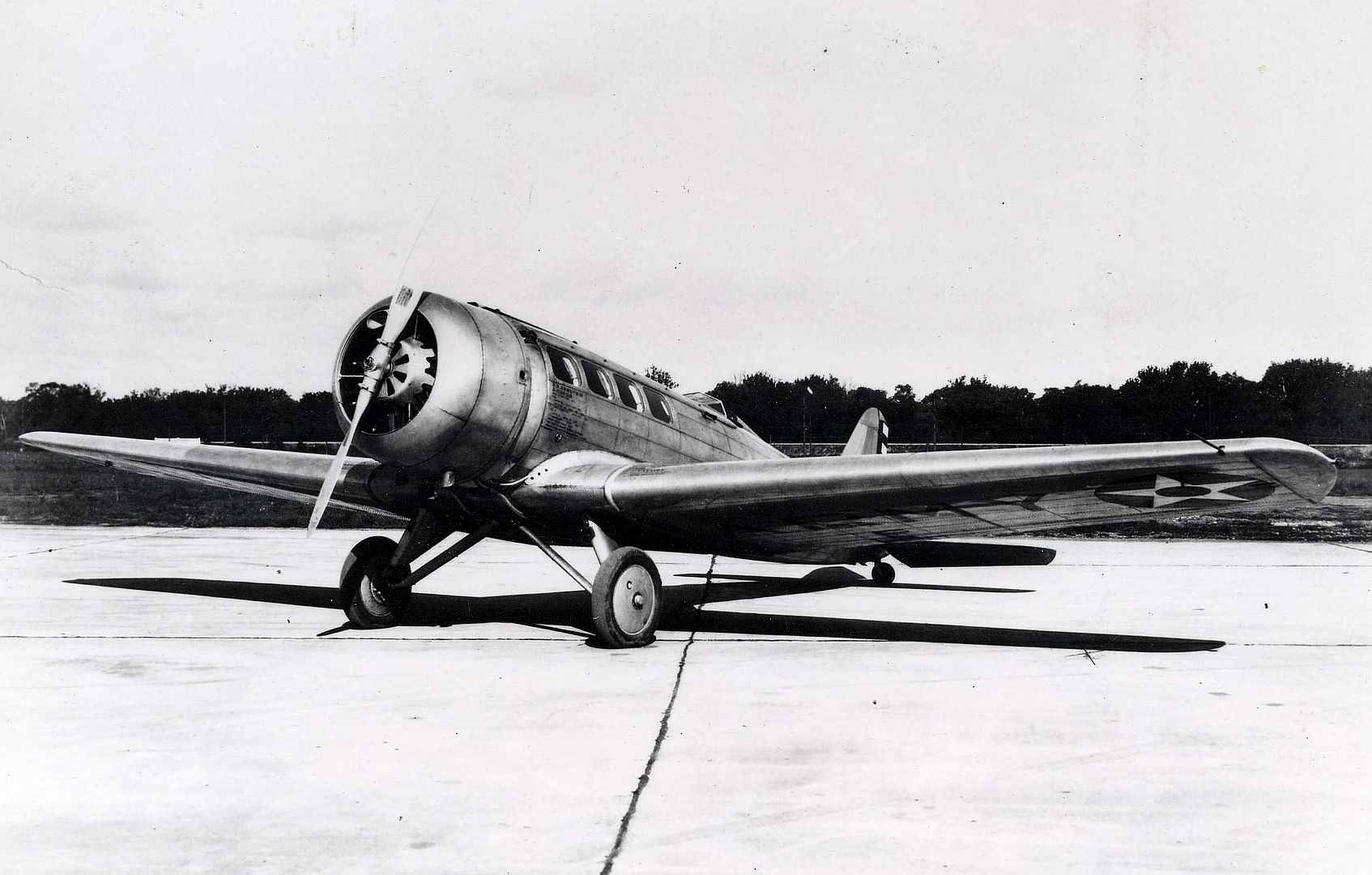
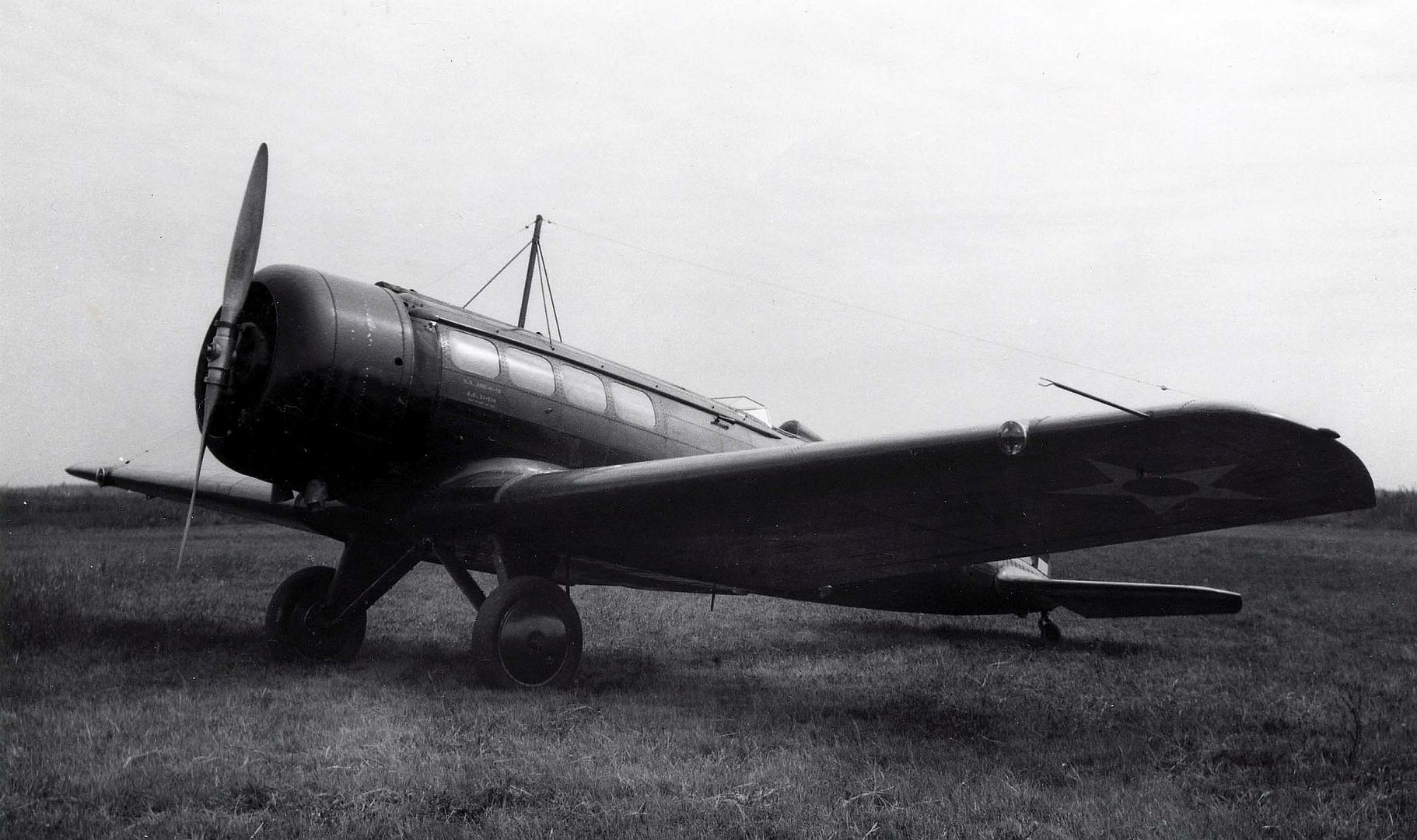
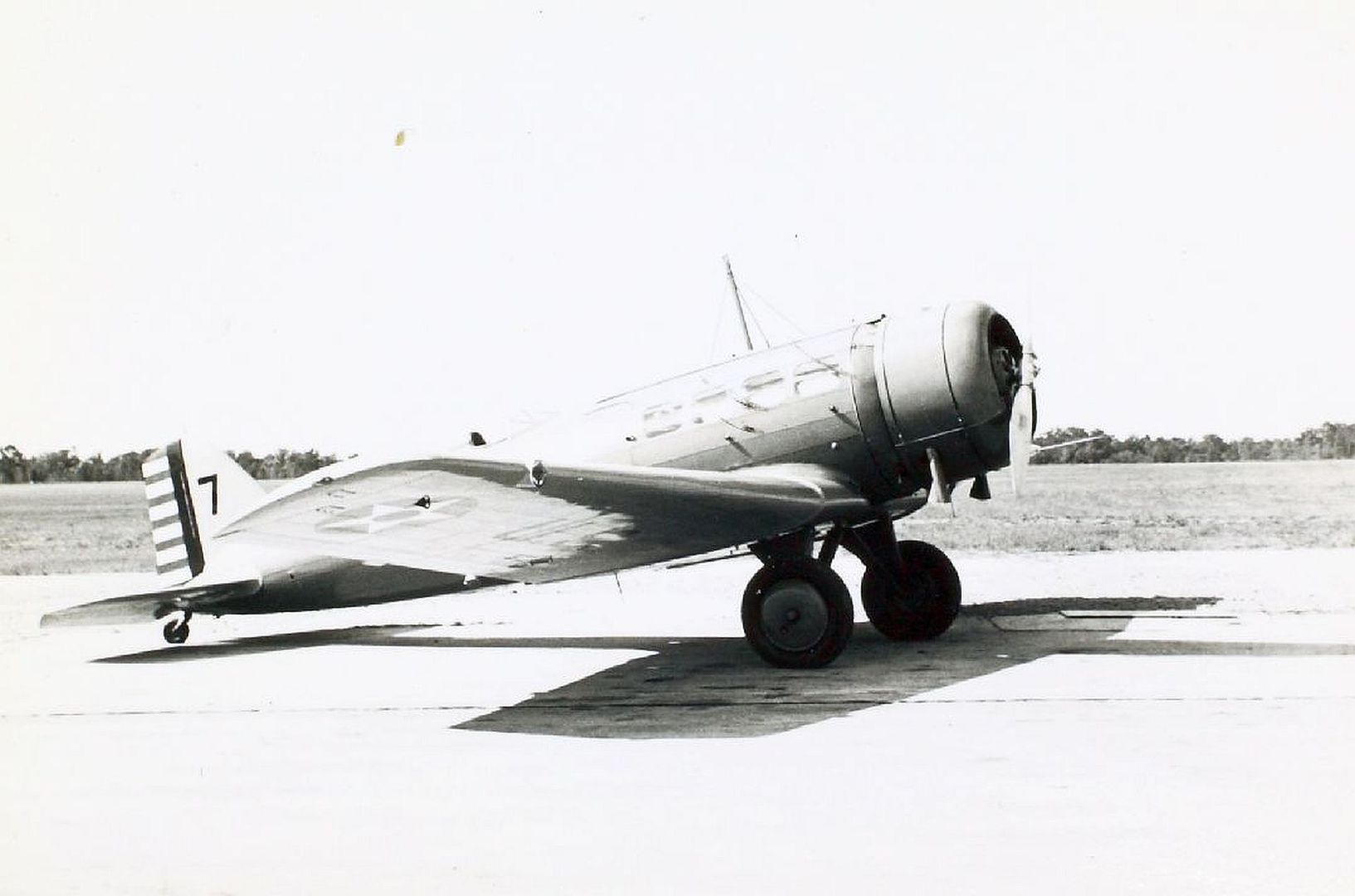
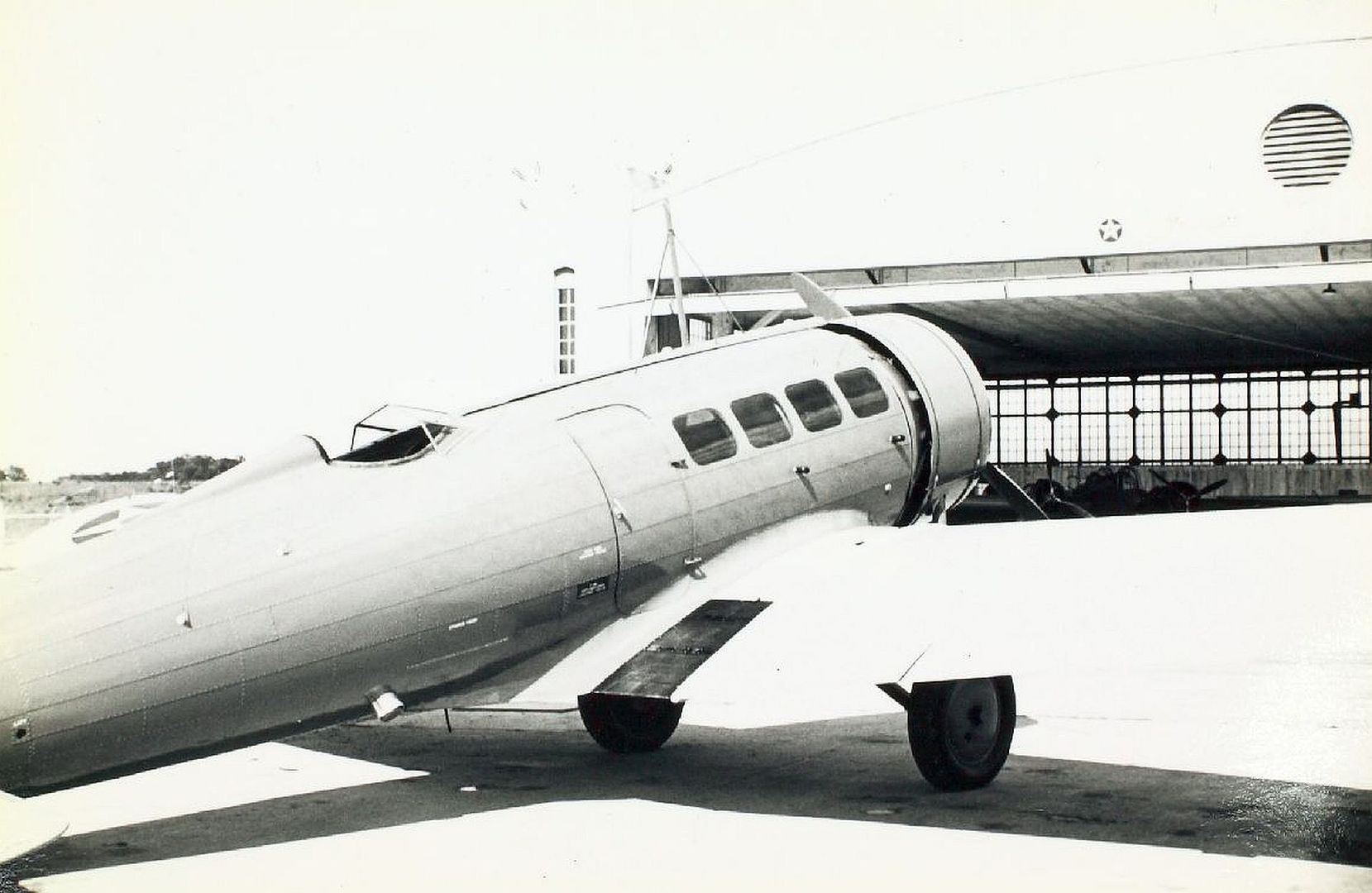
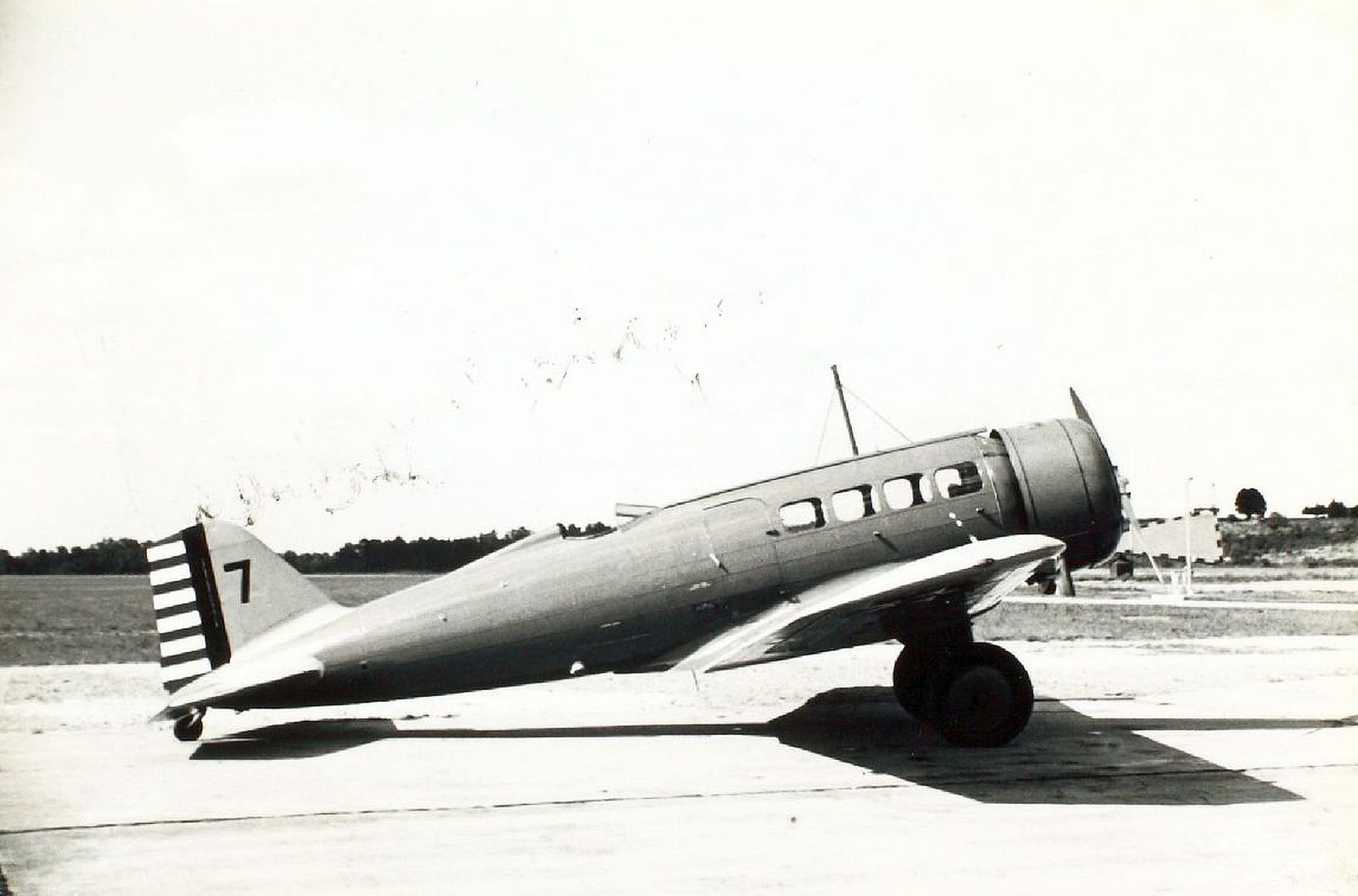
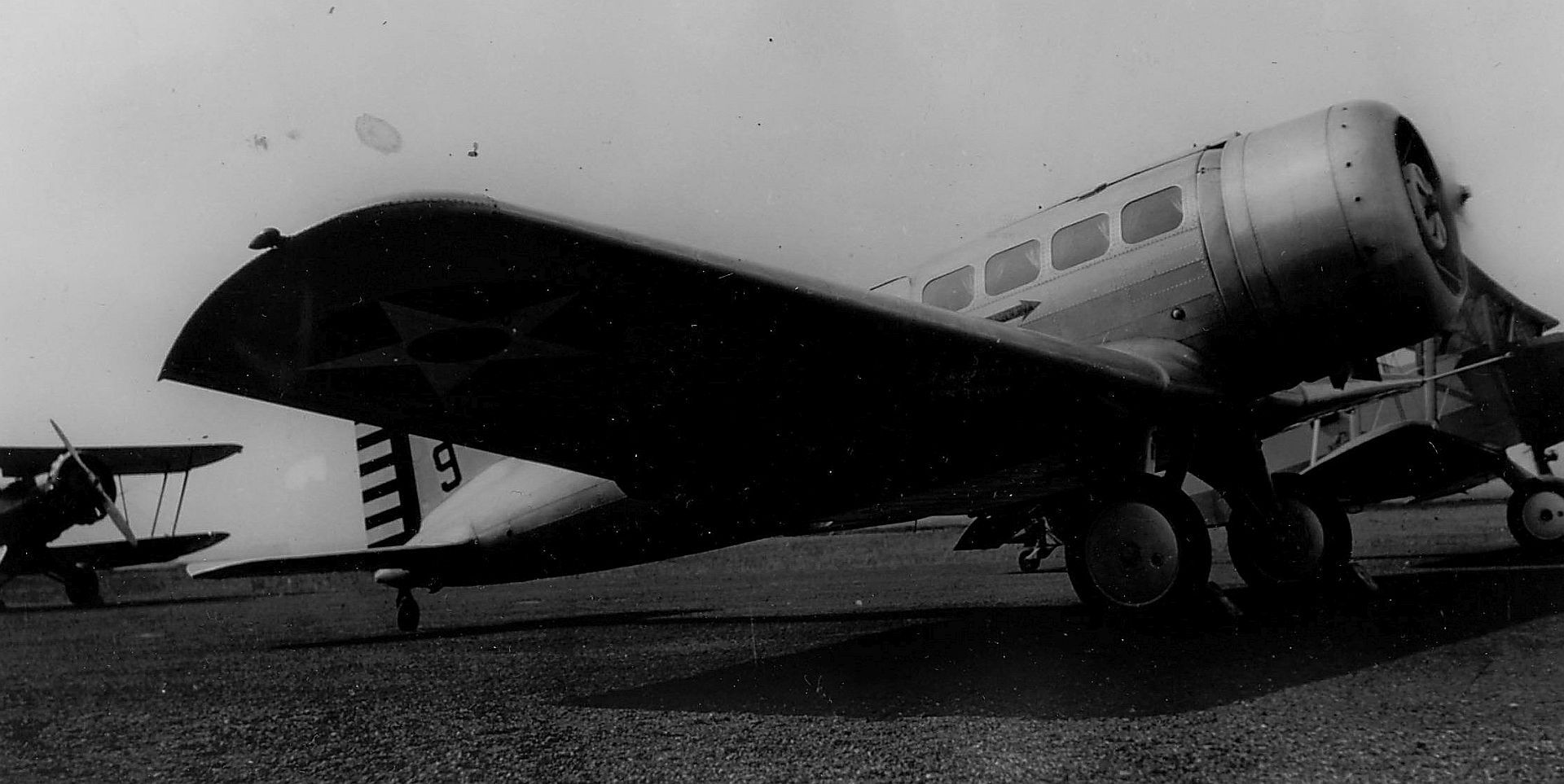
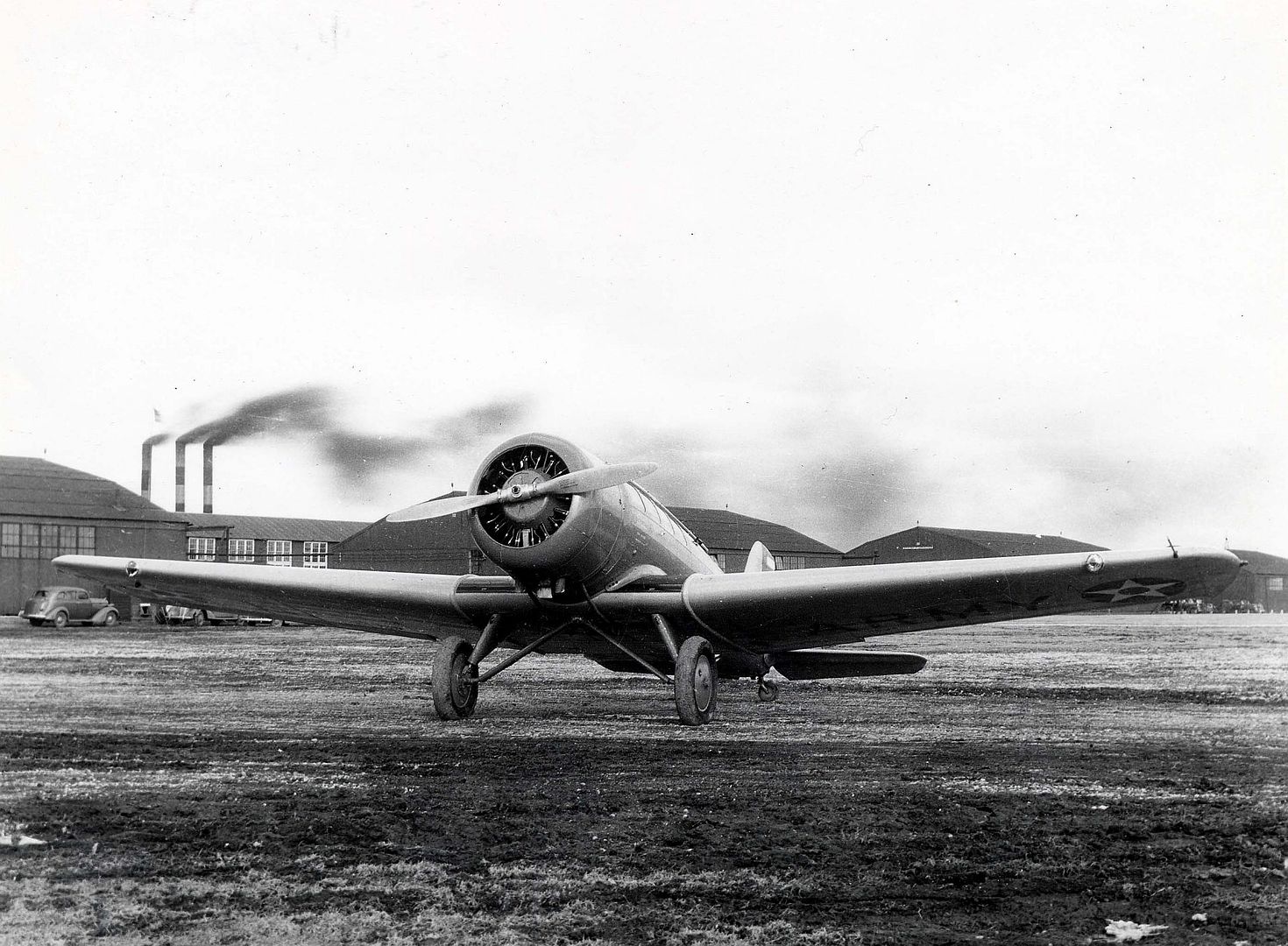
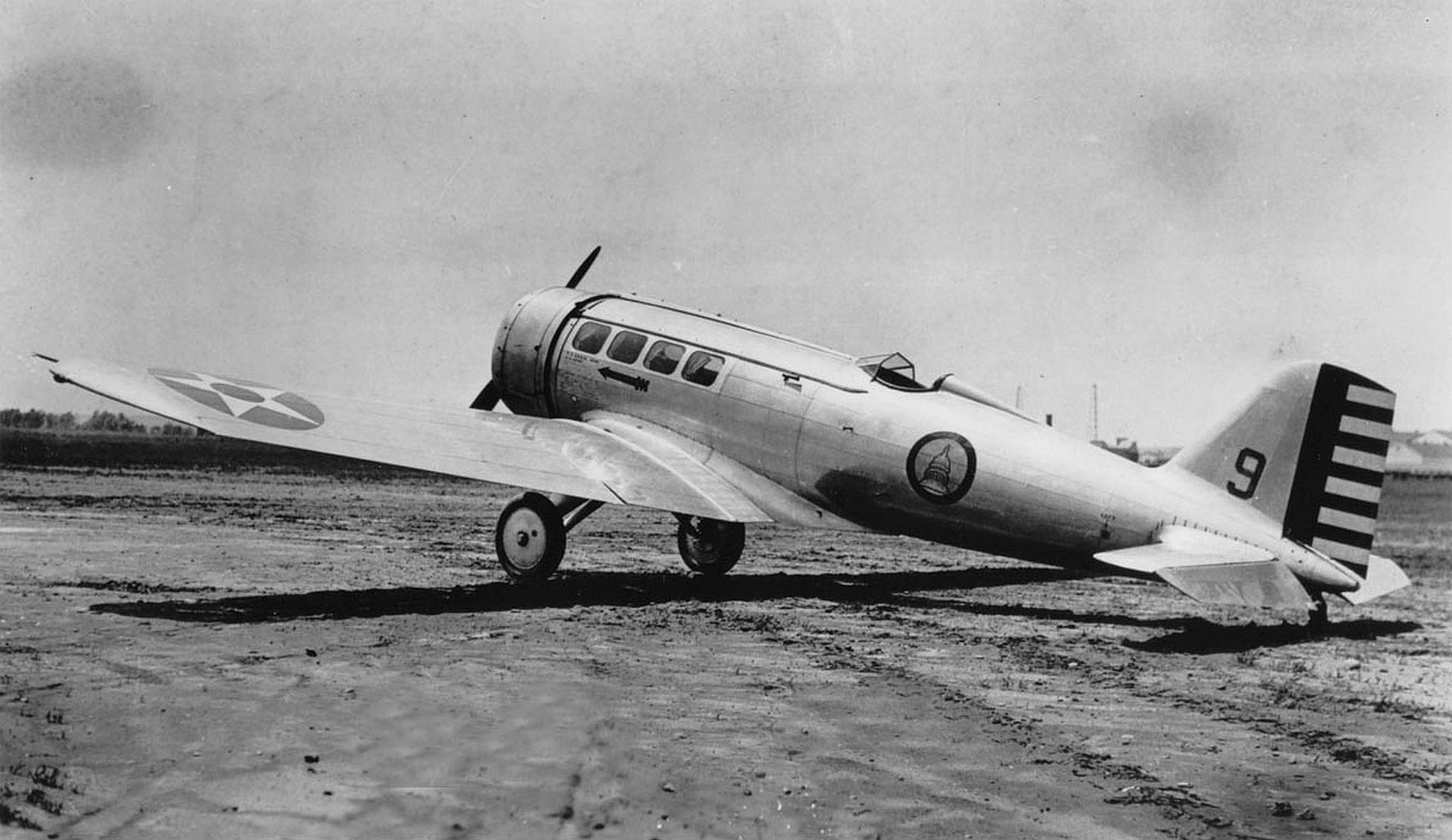
Specifications (YC-19)
General characteristics
Crew: one pilot
Capacity: four passengers
Length: 28 ft 5 in (8.66 m)
Wingspan: 41 ft 10 in (12.75 m)
Height: 9 ft 0 in (2.74 m)
Max. takeoff weight: 4,700 lb (2,136 kg)
Powerplant: 1 ? Pratt & Whitney R-1340-7 Wasp radial, 450 hp (336 kW)
Performance
Maximum speed: 170 mph (272 km/h)
Range: 650 miles (1,040 km)
Service ceiling: 19,000 ft (5,792 m)
Post a reply
- Go to Previous topic
- Go to Next topic
- Go to Welcome
- Go to Introduce Yourself
- Go to General Discussion
- Go to Screenshots, Images and Videos
- Go to Off topic
- Go to Works in Progress
- Go to Skinning Tips / Tutorials
- Go to Skin Requests
- Go to IJAAF Library
- Go to Luftwaffe Library
- Go to RAF Library
- Go to USAAF / USN Library
- Go to Misc Library
- Go to The Ops Room
- Go to Made in Germany
- Go to Campaigns and Missions
- Go to Works in Progress
- Go to Juri's Air-Raid Shelter
- Go to Campaigns and Missions
- Go to Works in Progress
- Go to Skinpacks
- Go to External Projects Discussion
- Go to Books & Resources
